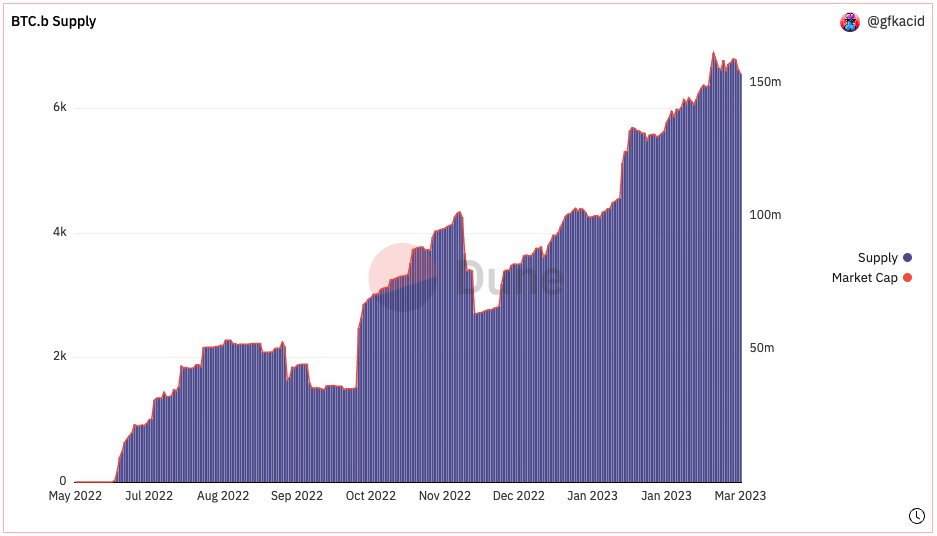The Lemonade Crypto Climate Coalition is one of the first initiatives providing an example of the transformative real-world potential that crypto offers. This is a real-world use case that’s quietly in practice utilizing Avalanche.
medium.com/avalancheavax/…
medium.com/avalancheavax/…
Some 7,000 Kenyan farmers have obtained crop insurance through this program already and the process is simple.
🚜 Farmers get a quote on their phone and pay
🚜 Policy Created
🚜 If crops fail due to weather, farmers get automatic payment, no claim needed
🚜 Farmers get a quote on their phone and pay
🚜 Policy Created
🚜 If crops fail due to weather, farmers get automatic payment, no claim needed
https://twitter.com/daschreiber/status/1577706188552142849?s=20
“This insurance product is built end-to-end on blockchain. It utilizes strategies that would be impossible with regular technology”
- Roy Confino, Head of Strategy & Operations at Lemonade
- Roy Confino, Head of Strategy & Operations at Lemonade
This is a phenomenal example of blockchain technology outpacing traditional alternatives. Kenyan farmers deal with climate uncertainty and used to bear all the risk. Not anymore.
Proof of concepts like this are showing others how to build new systems utilizing blockchain infrastructure that can have a positive impact on humans. #ThisisWhyWeCrypto
“Just because it’s on-chain doesn’t mean it’s complicated”
- @RoyConfino
“Just because it’s on-chain doesn’t mean it’s complicated”
- @RoyConfino
• • •
Missing some Tweet in this thread? You can try to
force a refresh

 Read on Twitter
Read on Twitter




